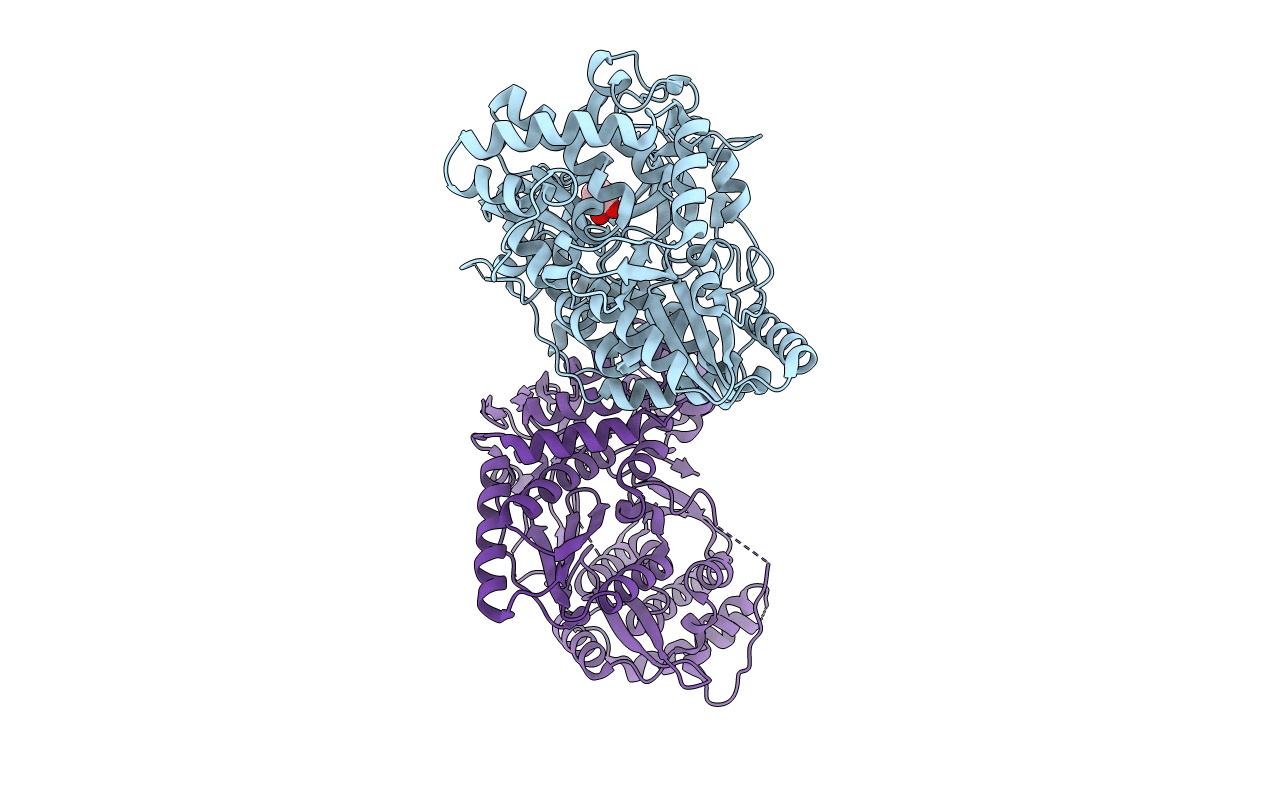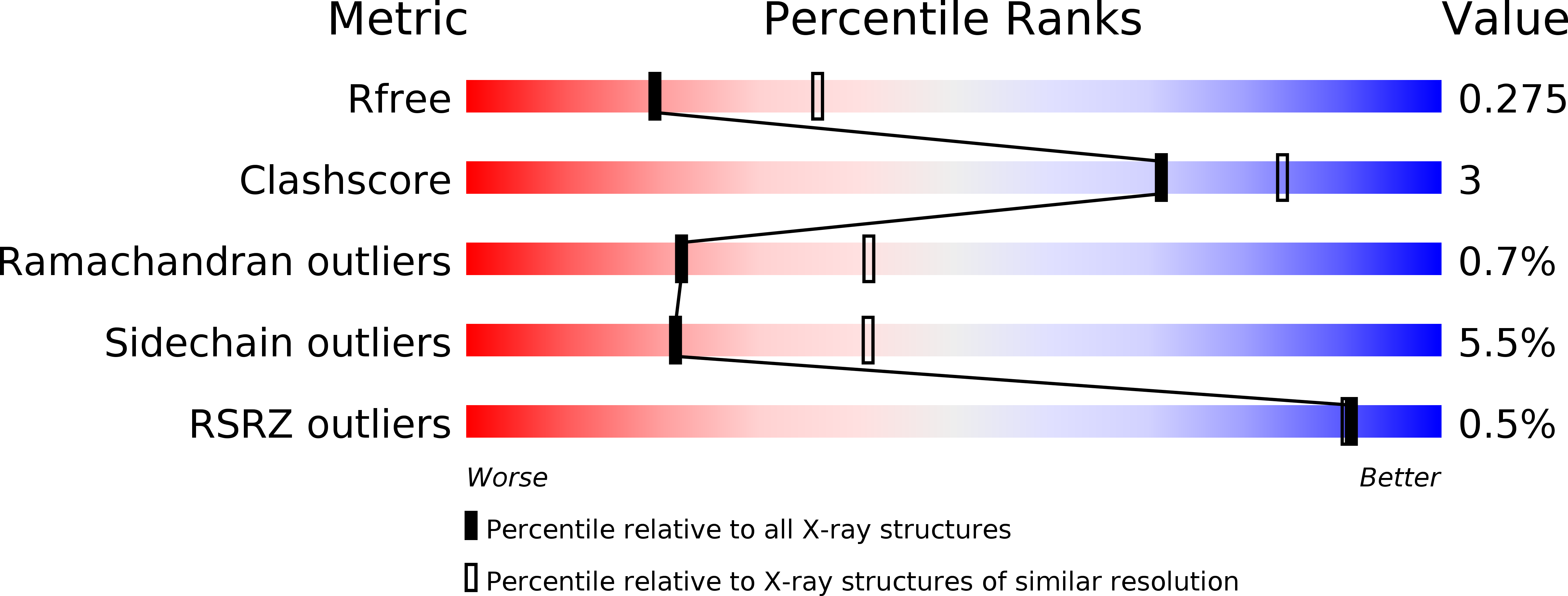
Deposition Date
2014-02-04
Release Date
2014-12-17
Last Version Date
2023-09-20
Entry Detail
Biological Source:
Source Organism:
Hepatitis C virus (Taxon ID: 420174)
Host Organism:
Method Details:
Experimental Method:
Resolution:
2.57 Å
R-Value Free:
0.27
R-Value Work:
0.21
R-Value Observed:
0.22
Space Group:
P 21 21 21


